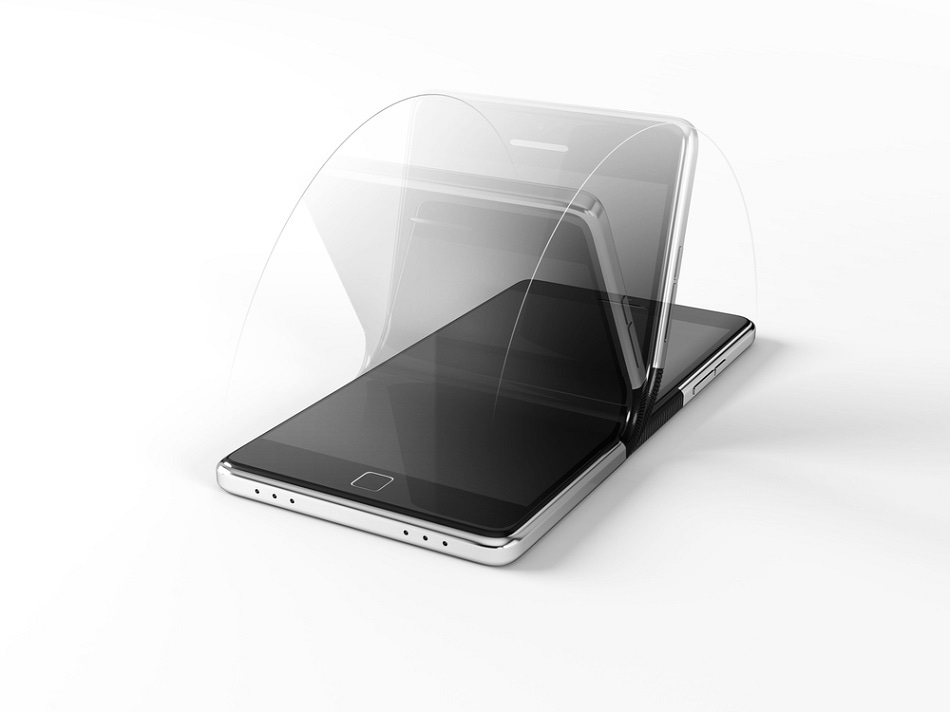Sep 5 2017
According to a research paper published today, conductive, transparent paper may soon be used for transparent touchscreens, foldable computers or digital camouflage clothing.
 laremenkoSergii/ Shutterstock.com
laremenkoSergii/ Shutterstock.com
The review, which has been published in the journal Science and Technology of Advanced Materials, talks about the promising field of cellulose-based electronics.
“With widespread and intensive efforts, low-cost and light-weight 'green' electronics fabricated on transparent nanopaper substrate will provide new technologies impacting our daily life,” write the authors, from Nanyang Technological University in Singapore.
In contrast to the silicon and plastic that are used in most electronics, cellulose is biodegradable and renewable, so it will not remain in landfills. It is also lightweight and strong, and Scientists are making noteworthy progress in using ‘nanocellulose’ for electronics.
A team of Researchers at Nanyang Technological University developed cellulose ‘nanopaper’ using cellulose and silver wires. It was able to conduct electricity even after being folded in half 500 times. Nanopaper can also be transparent, almost 90%, therefore could be used for smartphone displays or screens.
The proof of concept is there. Studies have shown that you can actually do this by impregnating these nanopapers with the right component or polymers. You can actually make very thin and flexible OLED screens.
Koon-Yang Lee, a Materials Scientist, Imperial College London
The Researchers explain that there are still several challenges to resolve, including decreasing the cost of manufacturing. Another challenge is ensuring that the nanopaper only begins degrading when one allows it to, and not when the device is still within its operational life. Lee said this could be accomplished by encasing the nanopaper away from the elements in a polymer which could then be taken off during the recycling process.
The greater challenge – and one of the major disadvantages of cellulose nanopaper compared to silicon – is what Lee calls “batch to batch variability”.
You can imagine trees grown in Scandinavia would have different cellulose content compared to trees grown in China, for example. Even within the same forest the tree on the left is going to be different from the tree on the right. That batch to batch variability is going to be a major challenge if you want to build consumer electronics that are the same for everybody.
Koon-Yang Lee, a Materials Scientist, Imperial College London